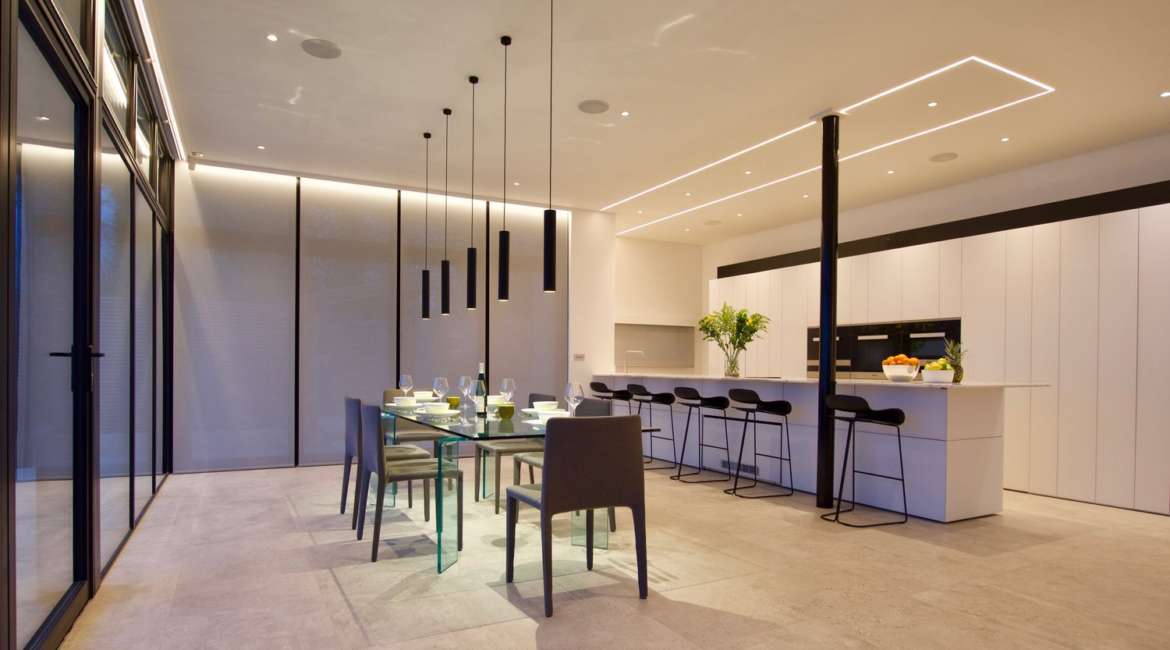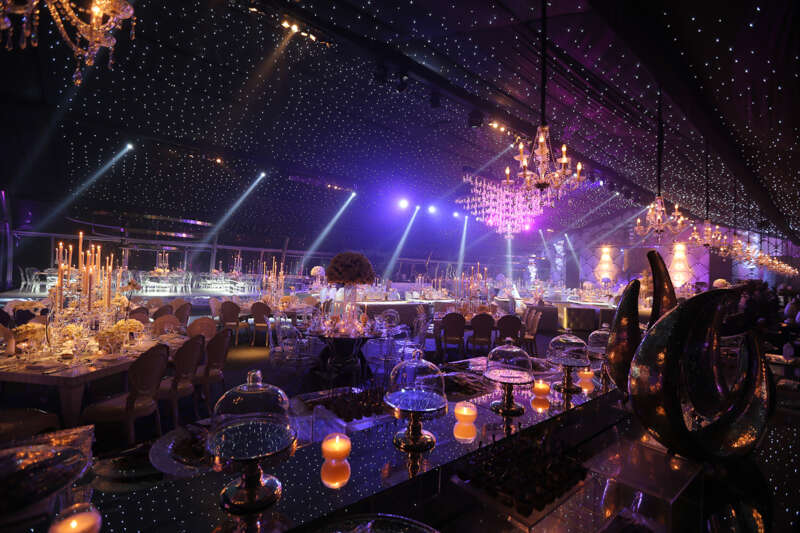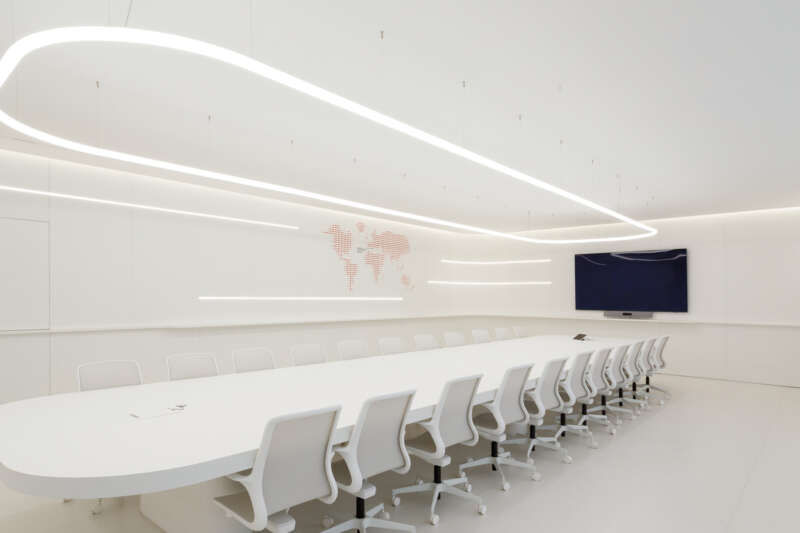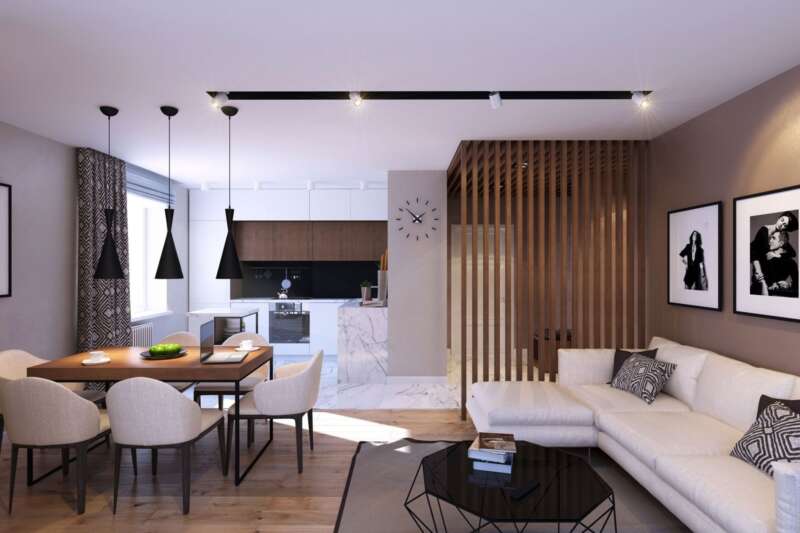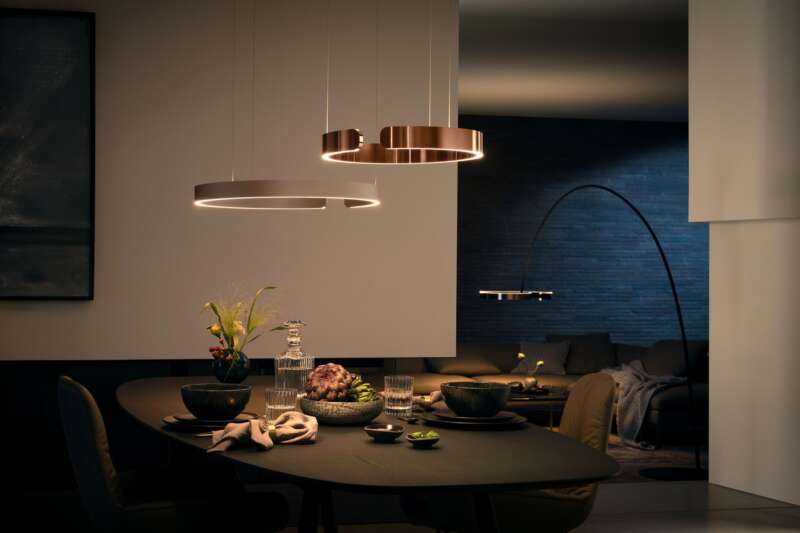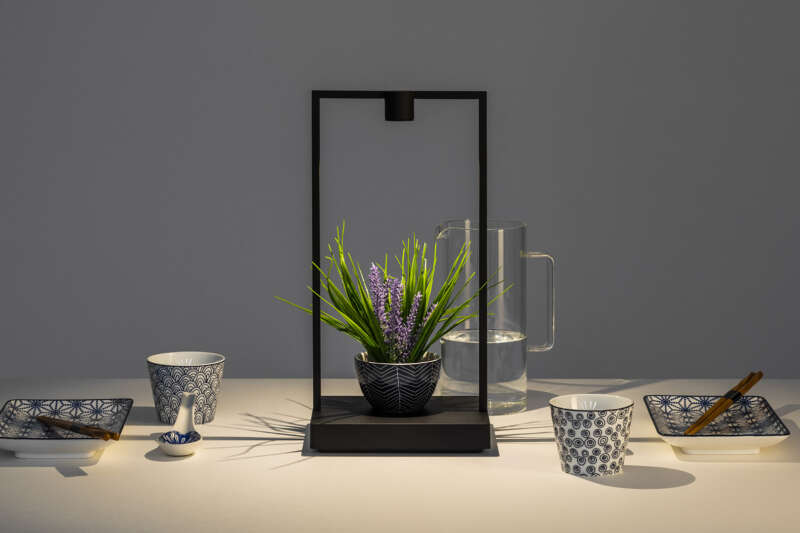TYPES OF INTERIOR LIGHT
The five main types of interior lighting are: general, ambient, mood, task and accent.
Some lights can fit into a few types (depending on their placement, brightness and use) but a general understanding of each individual type of lighting can be very helpful in planning an effective scheme.
1- GENERAL LIGHTING
General lighting is the basic foundation of a lighting scheme, providing a uniform glow over an entire room and illuminating a space functionally rather than for aesthetic reasons.
The defining characteristic of general lighting is that it’s usually direct and should be controlled by a dimmer switch to account for changes in daylight.
A central pendant light is perhaps the most commonly used source of general lighting and can be an important part of the design of the room. A luxury chandelier or an artistic installation both make great visual statements in a room and direct the eye.
2- AMBIENT LIGHTING
The next layer of lighting is ambient lighting which is a great partner to general lighting. Both types share important characteristics—they’re primarily functional and used to light a complete area. The main difference between the two is in the direction of their light.
Ambient lighting is indirect and therefore softer than general lighting—because it doesn’t usually use downlighting, it doesn’t create unflattering shadows. Think of wall sconces for this kind of lighting.
3- TASK LIGHTING
As its name would suggest task lighting is any light source used for a particular task like reading or cooking. By nature, these lights need to have a stronger wattage than most other lighting.
Reading and working areas are some of the most obvious areas in need of task lighting. Balanced-arm lamps make great desk designs whilst flexible reading lights fixed near a headboard are great for bedtime reading. Mirror lighting works well in personal grooming areas and bathrooms. The kitchen is another area into which task lighting must be incorporated to make food preparation easier and safer. Under-cabinet spotlights, recessed downlights over worktops or a long and low pendant light over a preparation island are just a few of the options for kitchen task lighting. Task lighting can also be used to create foot flow paths in a room or hallway or in the form of floor-level directional lights or riser lights on stairs.
4- MOOD LIGHTING
Mood lighting is as important to the overall look of a room than general and ambient lighting and a space would be bare without it. It makes a room pleasantly inviting by creating pools of light which counteract the shadows caused by general lighting.
It’s also an important element of a room’s style as it tends to be equally concerned with style as it is with function—popular options being table lamps and floor lamps.
When choosing both floor and table lamps, pay attention to the proportions of the shade to its base as well as the proportion of the lamp to your furniture.
5- ACCENT LIGHTING
Similar to task lighting, accent lighting has a particular function and is any lighting which has specifically been included to highlight a particular feature in a room.
Spotlights which highlight artwork, sculptures and objects in cabinets or on pedestals are examples of accent lighting which enhance the pieces and prevent them from being lost in an under-illuminated space.
Similar to task lighting, because of its nature, accent lighting needs more lumens (the light output)—at least three times as much—and therefore requires a higher wattage.


